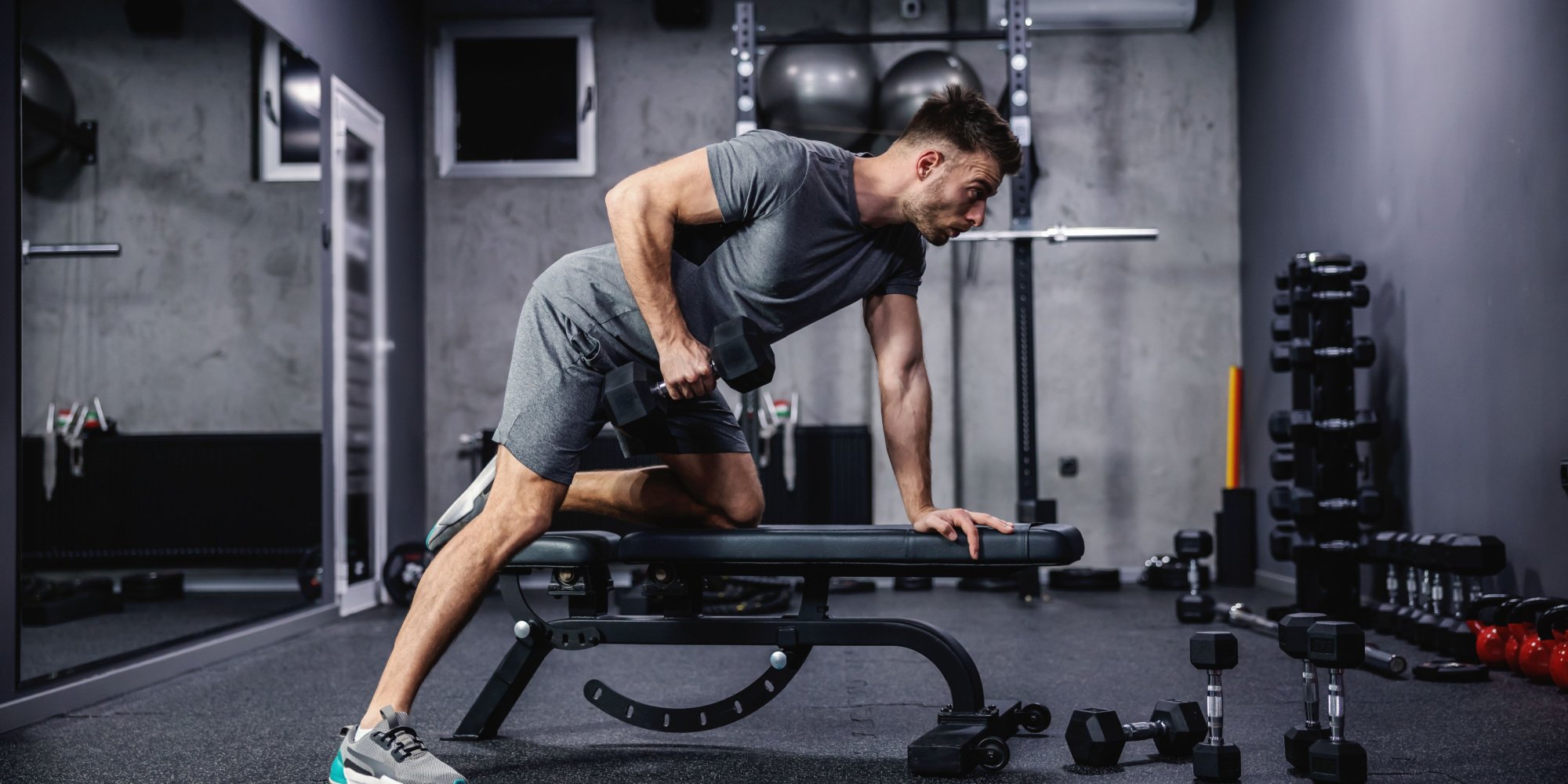What Should I Do If I Hit a Weight Lifting Plateau?
Oct 4, 2023 mindpumpMost of us think it is inevitable that a plateau is sure to happen. Yes, many of us do a hit a plateau, but they can be avoided.
Here are some things you can do if you hit a weight lifting plateau, and how to avoid them in the future.
Phase Your Workouts
Our bodies like consistency; it’s our happy place. In fact, we get so comfortable with the monotony of exercises that our bodies adapt and don’t change. And you know what, it’s easy to get into a routine, which is something I fall victim to as well.
Something that really helps is to evaluate your goals, and determine what each mesocycle of your training looks like. Phasing out your workouts helps your body develop strength, by introducing new stimuli that jumpstarts the muscle-building signal.
Let’s go back to the word mesocycle. As someone who takes their training seriously, you likely set a long-term goal. To accomplish this goal, many people try to develop a 3 to 12-month training plan, which is called a macrocycle. Within that macrocycle, you divide up your training program into mesocycles that last 2 to 12 weeks, depending on what your goal is. Each week within that mesocycle is called a microcycle.
If you’ve hit a weight lifting plateau, I would recommend cycling through a mesocycle that focuses on something that doesn’t involve lifting heavy. That may sound counter-intuitive, but hear me out.
Your body has likely not been through a continuous series of workouts that focus on smaller muscle groups, which when strengthened, can assist the agonist muscles during your lifts. Taking a few weeks to focus on cardio can help improve your endurance, which can then aid you during long lifting sessions. Or perhaps your body is simply under recovered, and a few weeks of yoga, hikes, and low to moderate exercises can help you regain some momentum.
Everyone is different, but cycling through a new phase is a great way to give your body a much-needed “time out”, to allow your body to heal and recoup. You can read more about phasing your workouts here.
Change Up Your Exercises
Even just making minor adjustments to your exercises can help you break out of a plateau.
Many of us tend to consistently lift in the same plane of motion–the sagittal plane. Picture an imaginary, vertical line that splits the body in left and right halves, and represents the forward and backward motion; that is the sagittal plane. The frontal plane divides the body anteriorly and posteriorly, moving the body in a lateral motion. While the transverse plane cuts the body in half horizontally, and represents rotational movements.
Squats, deadlifts, rows, chest presses; these movements are traditionally done in the sagittal plane. It’s typical for us to neglect moving in lateral or rotational movements, which means there are certain muscles that are being neglected or underutilized.
Try lateral lunges, rotational squat presses, wood chops, and other exercises that push you out of your comfort zone. This will introduce a new stimulus to the body, which will be a refreshing challenge to keep not just your body activated, but your mind engaged.
Look at Your Diet, and Lifestyle Habits
Your training is dialed in, and the intensity is there, but you still can’t break that weight training plateau. What gives?
There could be other factors at play.
Ask yourself these questions: How has my nutrition been? Am I getting enough protein, or am I consuming enough carbohydrates to power me through my workouts? Am I stressed, or are my sleep habits not as strong as they usually are?
If you feel you are underperforming in any one of these areas, that may be why you are at a standstill in the gym.
Hire a Trainer
If you’ve hit a plateau, you are likely someone who has been training for a while. The longer you train, the more intense you train, and the more progress you make at the beginning of your weight lifting journey, the harder it is to see progress. Essentially, the fitter you are, the longer it takes to see progress with your weight lifting goals. It’s kind of a bitter-sweet notion, but understandably frustrating.
Hiring a trainer may be what you need to revamp your current routine, and offer new insights in how you train. Some people think only beginners need trainers, but that is far from the truth; the best athletes in the world have trainers.
A personal trainer can find faults in your lifting mechanics, identify muscle imbalances, assist with nutrition, and introduce new exercises to your routine. Sometimes finding the right personal trainer can be a challenge, but once you find one that you click with, the experience can be incredibly rewarding.







